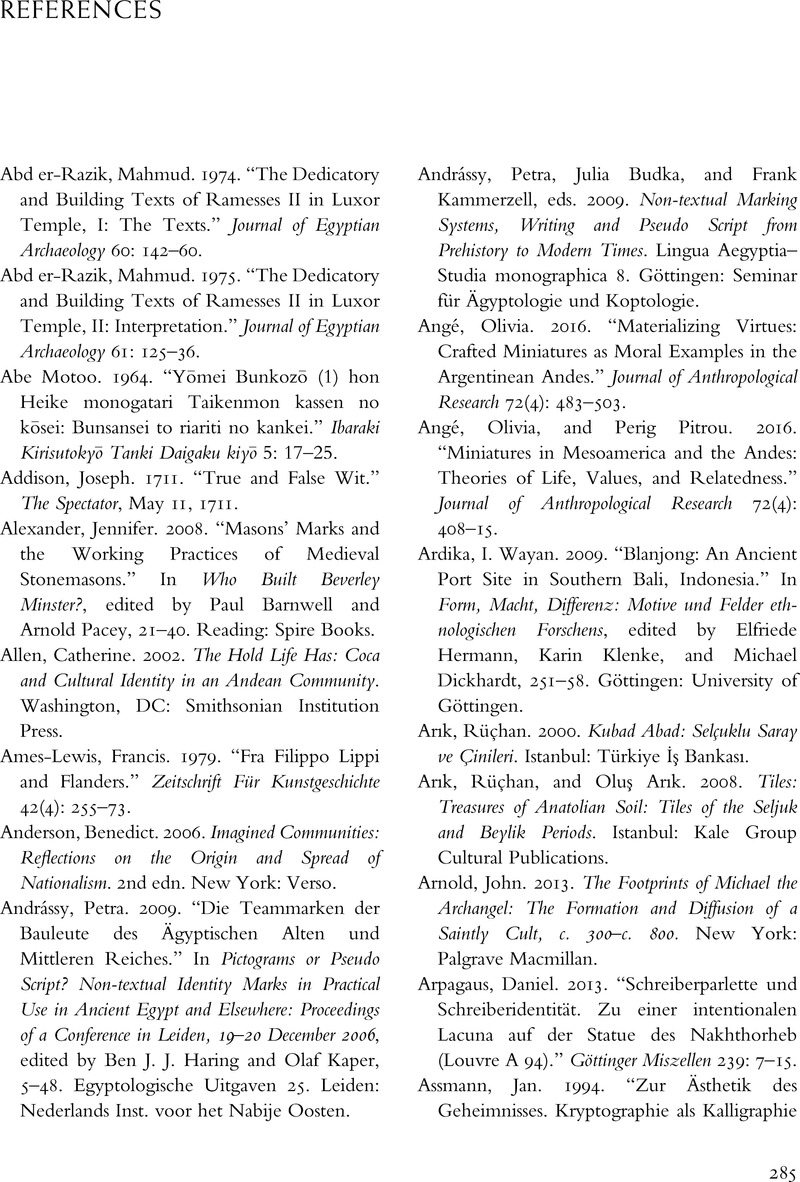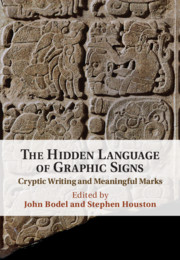References
Published online by Cambridge University Press: 23 August 2021
Summary

- Type
- Chapter
- Information
- The Hidden Language of Graphic SignsCryptic Writing and Meaningful Marks, pp. 285 - 310Publisher: Cambridge University PressPrint publication year: 2021



